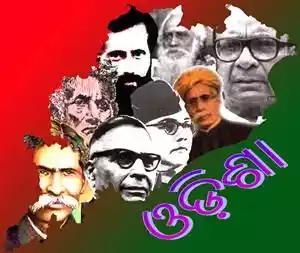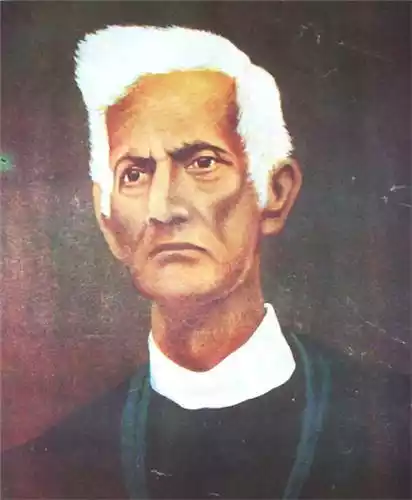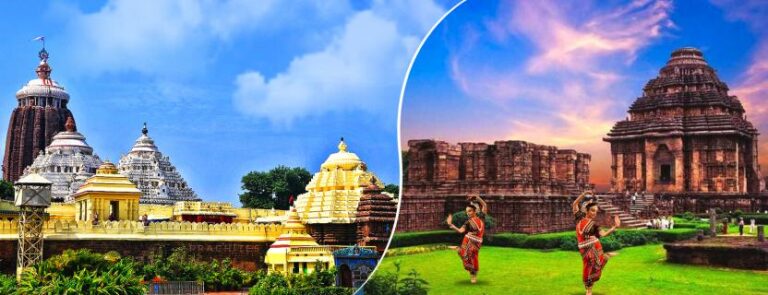Kalinga Putra: The Dynamic Biju Patnaik Biography
In this comprehensive article, we delve into the life and legacy of Biju Patnaik, a remarkable Indian statesman, aviator, and politician. Biju Patnaik’s multifaceted contributions have left an indelible mark on India’s history. From his early life to his political career and philanthropic efforts, this article explores the captivating journey of a man who played a pivotal role in shaping India’s development.
Family Background
- Bijayananda Pattnaik, one of the main architects of modern Odisha, popularly known as Biju Pattnaik was born on 5th March 1916 in Cuttack, Orissa. It was the day Biju Patnaik, a beacon of courage and determination, was born. His life story resonates with the spirit of overcoming challenges and leaving an indelible mark on the world.
- His parents lived in Ghumusar Nuagam, Bellaguntha, Ganjam district, around 80 km from Bramhapur. Biju Patnaik’s childhood was nurtured by the love and values of his parents, Lakshminarayan and Ashalata Patnaik. Growing up amidst the serene landscapes of Odisha, he imbibed the richness of the region’s culture and traditions.
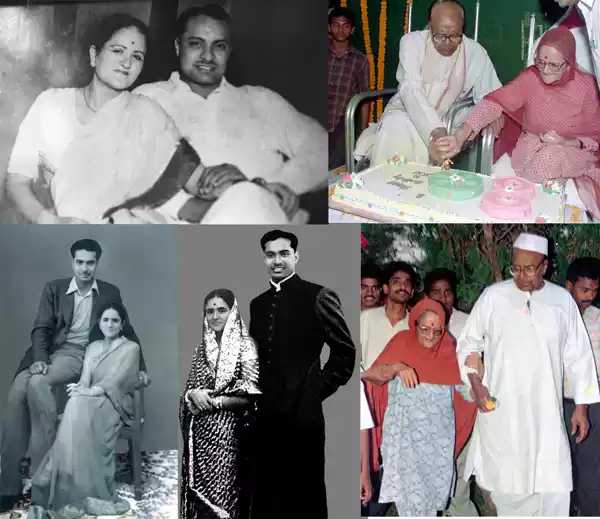
- Biju Patnaik got married to Gyan Patnaik. She was from Punjab. So, people also call him the son-in-law of Punjab. Just like Biju, his wife was also a pilot. She was the first Indian woman to have a license to fly planes for business. During the 1940s, Gyan Patnaik helped Biju in the fight for freedom and in moving British families out of Rangoon when the Japanese attacked.
- Biju Patnaik had two sons and a daughter. His older son, Prem, works in industry, while his younger son, Naveen, is a well-known politician and the Chief Minister of Orissa. His daughter, Gita Mehta, is a famous writer who talks about how India is becoming more like the West. Biju Patnaik loved his home state of Orissa and inherited bravery from his parents.
Early Life and Education
He went to Mission Primary School and Mission Christ Collegiate of Cuttack for his early education. In 1932, he joined the intermediate science class at Ravenshaw College. There, he was really good at sports and led the football, hockey, athletics, and cricket teams. He was the sports champion for three years. He also studied Aeronautics at the Aeronautical Training Institute of India.
Role in India’s Freedom Struggle
Biju Patnaik’s heart beat for India’s freedom struggle. He actively participated in the Quit India Movement, which aimed to oust the British colonial rulers from the Indian subcontinent. His fiery speeches, unwavering dedication, and willingness to face adversity head-on earned him a place of honor among the nation’s freedom fighters.
During his imprisonment for his involvement in the Quit India Movement, Biju Patnaik continued to display his resolve by leading hunger strikes and protests within the confines of the prison. His indomitable spirit became a source of inspiration for his fellow inmates and the broader freedom movement.
Role in Indonesian Freedom Movement
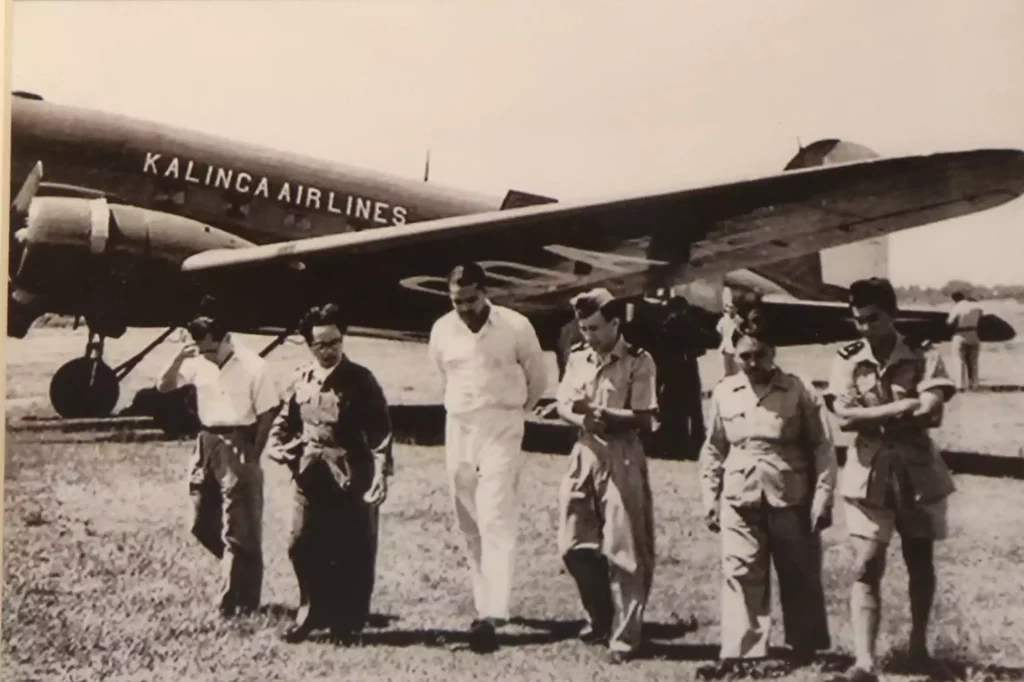
Biju Babu helped Indonesia become free from the Dutch in 1947. Even though there was a risk that his plane could be shot down, he flew Indonesian freedom fighters to India. The Dutch rulers were watching the Indonesian Prime Minister, Sutan Sjahrir, and wouldn’t let him leave the country. Nehru asked Biju Patnaik, a skilled pilot known for his daring feats, to rescue Sutan Sjahrir. Biju Patnaik didn’t hesitate. He knew that Kalinga’s history connected it to Indonesia, so he wanted to help. He faced dangers and flew to Java. He brought Sutan Sjahrir and his team from Java to Singapore and then to Delhi using his own plane. There, Sjahrir met Nehru. Indonesia was grateful and gave Biju Babu a top award. They even offered him land, but he politely declined.
Political Journey in Independent India
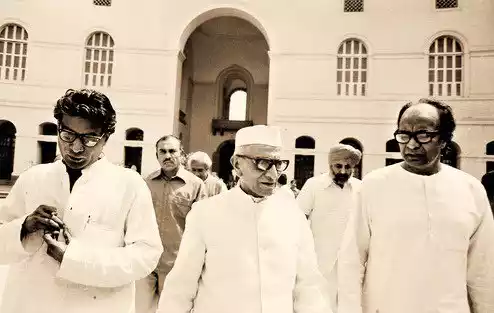
After India gained independence in 1947, Biju Patnaik’s political journey took flight. He joined the Indian National Congress and was elected as a Member of Parliament. However, it was his passion for his home state, Odisha, that steered his political trajectory.
Biju Patnaik believed in socialism and sharing resources equally among Indian states that needed help. He cared a lot about his Odia people. In 1946, he became a member of the Odisha Legislative Assembly. He won elections in 1952 and 1957 too. In 1960, he became the leader of the Congress Party in the state. Because of his efforts, the Congress Party won most seats in 1961, and he became the Chief Minister of Odisha. He was 45 years old then.
He was friends with Indira Gandhi, but they had disagreements later. He left the Congress Party and made his own called the Utkal Congress. He did well in the elections in 1971. He supported a big movement against the government in 1974. When the government became very strict in 1975, he was arrested along with other leaders. He was released in 1977.
He became a minister in the national government for a while. He won elections in 1980 and 1984 too. When the Congress Party lost in 1989, he became important again. He helped someone become the Prime Minister but then went back to Odisha to get ready for elections. He became the Chief Minister of Odisha for the second time from 1990 to 1995. He won elections again in 1996 but sadly passed away in 1997.
He had a dream for Odisha in the 21st century where young people work hard for the state’s success and feel proud of themselves. He wanted them to be smart and independent. He wished for them to achieve greatness using their intelligence and skills, just like the history of Kalinga.
Legislative history Of Biju Patnaik
| House | Constituency | Start | End | Party |
|---|---|---|---|---|
| 11th Lok Sabha | Aska | 1996 | 17 April 1997 | Janata Dal |
| 10th Vidhan Sabha | Bhubaneswar | 1990 | 1995 | Janata Dal |
| 9th Vidhan Sabha | Bhubaneswar | 1985 | 1990 | Janata |
| 8th Lok Sabha | Kendrapara | 1984 | 25 March 1985 | |
| 7th Lok Sabha | Kendrapara | 1980 | ||
| 8th Vidhan Sabha | Patkura | 1980 | 11 June 1980* | Janata |
| 6th Lok Sabha | Kendrapara | 1977 | ||
| 6th Vidhan Sabha | Rajnagar | 1974 | 1977 | Utkal Congress |
| Rajya Sabha | Odisha | 13 May 1971 | 6 October 1971 | Janata Dal |
| 3rd Vidhan Sabha | Choudwar | 1961 | 1967 | Congress |
| 2nd Vidhan Sabha | Surada | 1957 | 1961 | Congress |
| 1st Vidhan Sabha | Jagannathprasad | 1951 | 1957 | Congress |
Vision for Industrialization and Development
Biju Patnaik’s visionary zeal was instrumental in shaping the industrial landscape of Odisha. He recognized the state’s untapped potential and worked tirelessly to attract industries, both indigenous and foreign, to catalyze economic growth
1. Paradeep Port: A Gateway to Prosperity
Nestled along the eastern coastline of India, the Paradeep Port stands as a testament to Biju Patnaik’s foresight. This deep-water port, conceived under his leadership, became a vital trade link, propelling Odisha onto the global stage. The port’s strategic significance extended beyond commerce – it ignited a spark of progress that illuminated the lives of countless citizens.
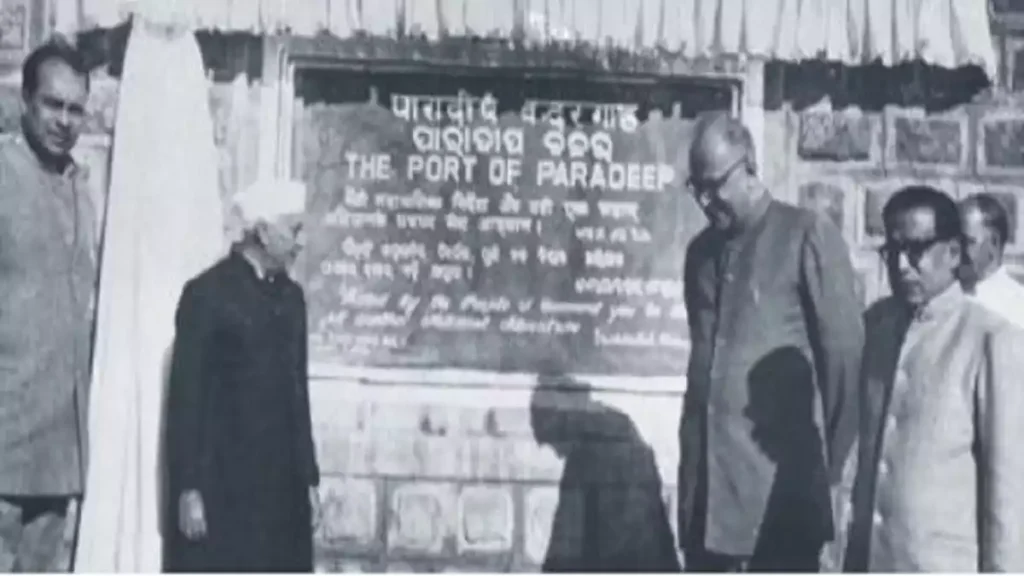
2. HAL Sunabeda: Fueling Aerospace Aspirations
In the heart of Odisha’s tribal belt, Biju Patnaik’s vision bore fruit through the establishment of the HAL Sunabeda facility. This aerospace complex not only bolstered indigenous aviation capabilities but also provided employment opportunities to local communities. Biju Patnaik’s emphasis on regional development intertwined seamlessly with his broader vision for Odisha.
3. NTPC Talcher: Illuminating Lives
The NTPC Talcher Power Plant emerged as a beacon of power and progress, illuminating homes, industries, and hopes across the state. Biju Patnaik’s commitment to providing reliable and sustainable energy sources underscored his deep-rooted understanding of Odisha’s needs.
4. Rourkela Steel plant
The Rourkela Steel Plant (RSP) is one of the integrated steel plants operated by the Steel Authority of India Limited (SAIL), a public sector undertaking. Located in Rourkela, Odisha, India, it was the first integrated steel plant set up in India with German collaboration.
5. Bhubaneswar Airport
Biju Patnaik International Airport, commonly known as Bhubaneswar Airport, is the primary airport serving Bhubaneswar, the capital city of the Indian state of Odisha. The airport is named after Biju Patnaik, a prominent politician and freedom fighter from Odisha.
6. Sukinda Paradeep Express Highway: Paving the Way for Connectivity
A well-connected state is a flourishing state. Biju Patnaik’s brainchild, the Sukinda Paradeep Express Highway, exemplifies this notion. This thoroughfare not only streamlined transportation but also paved the way for socio-economic growth, touching the lives of people in remote corners.
7. Balimela Hydro Power Corporation: Harnessing Nature’s Potential
Biju Patnaik’s reverence for nature found expression in the Balimela Hydro Power Corporation. By harnessing the energy of flowing waters, this project not only contributed to Odisha’s energy security but also showcased the harmonious coexistence of progress and environment.
8. Hirakud Dam: Empowering Generations
Standing tall as a marvel of engineering, the Hirakud Dam transformed the landscape of Odisha. Beyond its irrigation and flood control benefits, it symbolized Biju Patnaik’s dedication to empowering future generations with the resources needed to thrive.
9. NIT Rourkela and Sainik School: Shaping Minds and Futures
Education, for Biju Patnaik, was a cornerstone of progress. The establishment of NIT Rourkela and Sainik School demonstrated his commitment to nurturing bright minds and shaping leaders who would steer Odisha towards a brighter tomorrow.
10. Regional College of Education at Bhubaneswar
The Regional Institute of Education (RIE) in Bhubaneswar is one of the five Regional Institutes of Education in India established by the National Council of Educational Research and Training (NCERT). These institutes are dedicated to the improvement of school education in their respective regions
11. Kalinga Ventures: Cultivating Entrepreneurship
Biju Patnaik’s vision extended to nurturing entrepreneurship. The establishment of Kalinga Tubes, Kalinga Airlines, Kalinga Iron Works, and Kalinga Newspaper were more than business ventures – they were expressions of his faith in Odisha’s potential.
Awards and Accolades
- He was honored by the Indonesian government with the highest civilian honor ‘Bhumi Putra’. This recognition came to him owing to his bravery and heroic feats. In 1996, when Indonesia was celebrating its 50th Independence Day, Biju Patnaik was awarded the highest national award, the ‘Bintang Jasu Utama’.
- In 1951, he started something called the Kalinga Prize. This prize was meant to make science and technology more popular and understandable for regular people. He gave the job of taking care of this prize to UNESCO.
Conclusion
Biju Patnaik’s journey is one of resilience, vision, and unwavering dedication to his ideals. From his contributions to politics and industrialization to his profound impact on aviation history, his legacy stands as a testament to the power of individual determination. His story reminds us that a single individual’s efforts can shape the course of a nation’s development. As we reflect on his life, let us draw inspiration from his principles and work towards a better and brighter future.



